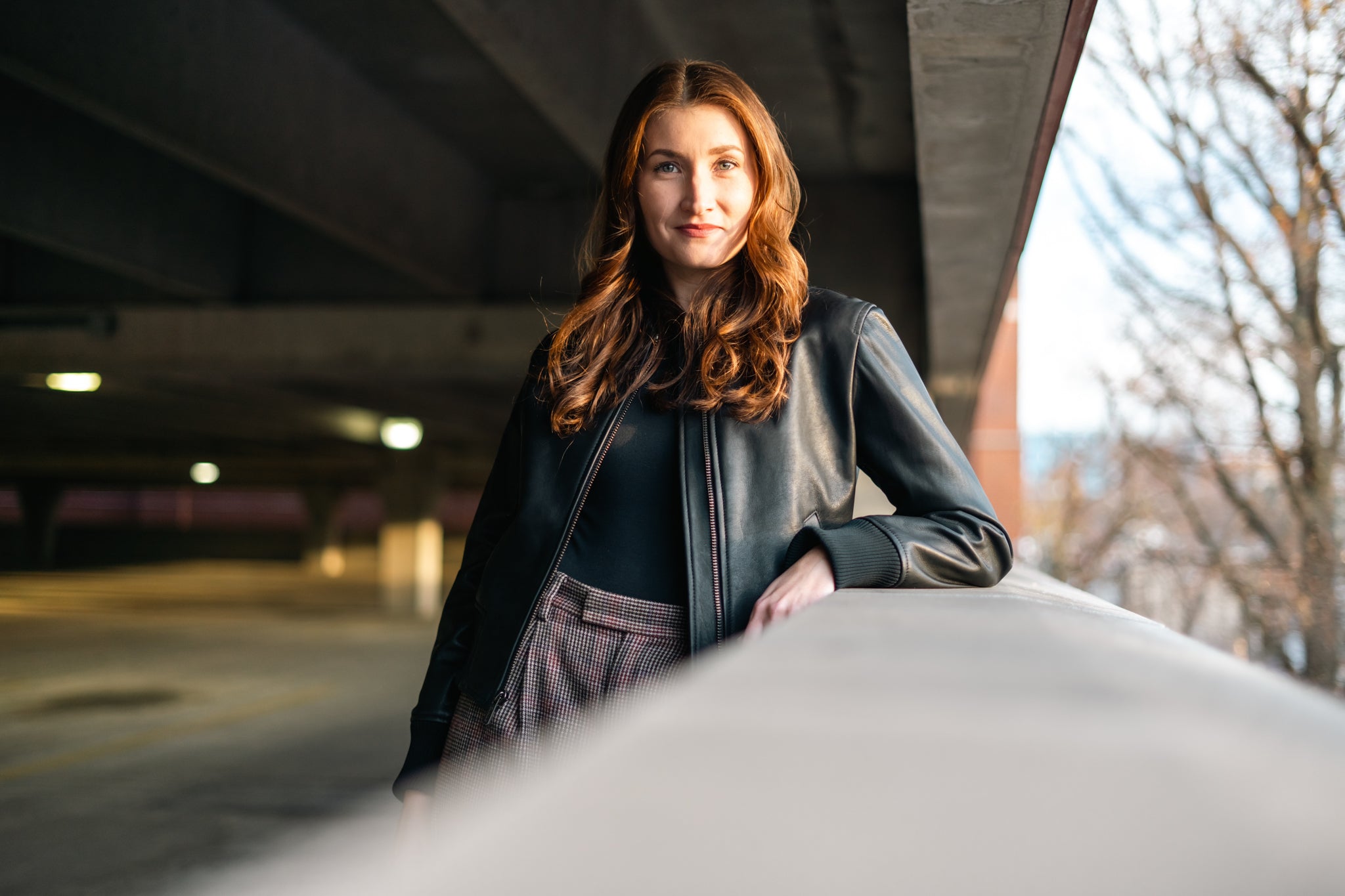For several years in NYC I had been experimenting making jackets with my hide of choice: elk. Elk, because nothing else has its hand and its feel, because I grew up wearing elk jackets by Roots Canada in the 1980s. Elk, because it is reasonably easy to cut and sew.
My friend Mark Schatzker and I were talking about leather. I had made him an elk jacket which he liked but which didn’t fit him right. I promptly stole it back and promised to make him one that fit better. He took that fairly well. Mark is a patient guy.
He suggested we investigate bovine leather as a source of hides. I told him that most bovine leather – especially in North America – came from large animals kept in hot, crowded, miserable feedlots, that such leather was tough and generally marked up to all hell from fenceburn and horn-goring and other trauma, and that manufacturers had to cover it with pigment-laden dyes to cover up the faults. All of which is true, mind you.
He listened to my rantings and said that wasn’t what he had in mind. That it was my turn to listen.
Mark several years ago literally wrote the book on steak – and in his odyssey to find the tastiest piece of beef, experienced what he calls to this day “steak with headphones on,” a pasture-raised, regeneratively farmed, New Zealand Wagyu herd managed by First Light Farms. He said their steak combined the best of two worlds: grass-fed and marbling. Being a carnivore and at this point pretty curious, I zipped out to a local grocery chain that carries First Light. I prepared it for the family, and we ate it. And it was like steak with headphones on.
Mark said what if the approach that gives rise to the best steak gives rise also to the best leather? I said let’s find out.
We got in touch with First Light and arranged to have some skins tanned. They arrived several weeks later, we put them under much scrutiny at one of our partner-factories in NYC, and found them to be superb.
Wagyu leather – at least the leather we source from First Light – is as soft as lamb and strong as steel. Much more so than any bovine leather we’ve seen. It has a very tight grain pattern. There is no cosmetic damage like fenceburn because the animals don’t live penned in. As a result we don’t have to cover the leather with pigments – we just aniline dye it. We use the full grain. We can often make one garment per hide, with only very minor scraps leftover – which we keep for later use. Where there are natural markings from the animal, we don’t cut around it, we say let’s use it.

Its one drawback is probably its cost, at least compared to feedlot leather, but we have factored that into our retail and wholesale pricing as fairly as we can. And, for people who want the best quality of anything they purchase, be it a hammer or a truck or a leather jacket – it seems like it’s working out alright. Inflation is driving up labor costs, labor inflation is accelerating, and it’s not easy to reshore to the US an industry like apparel, so we will probably have to raise prices next year. Such is life. We won’t sell a product we don’t think is well worth its price.
We’ve had investors and friends ask us why we don’t use synthetic leathers made from plastic or heavily modified bio-materials. The answer is that synthetic leathers don’t come close to performing the way leather does and probably never will. Some people prefer to eat synthetic hamburgers, too. That’s fine. But we believe that nature has the answers, and always will.
Clade is about doing what’s right and making something that lasts. It's about stitching up garments that tell stories of good doings from start to finish, made in places that treat people well and using stuff that doesn’t harm our earth. And we reckon if we stay true, making threads that both do good and look good, we might just weave Clade into a brand that outlasts us all, standing firm in style and ethics alike.
Read more
We see the ultimate goals of our company, Clade, as: living our values in such a way as to do what is virtuous, helping ourselves and others reach their full potential, and being rational – or if y...

Clade: Hey Julia, what’s going on? Julia: I’ve joined NASCAR in a strategy role. Exciting! Everyone here is getting ready for next year, finalizing budgets and so forth. I know a few of the project...


